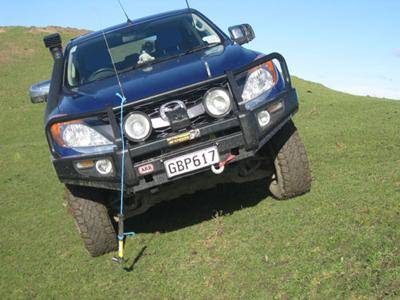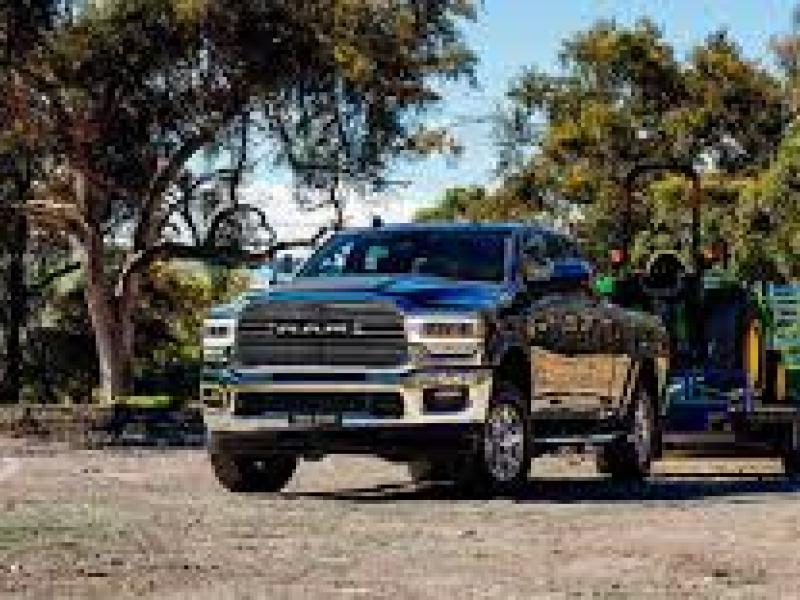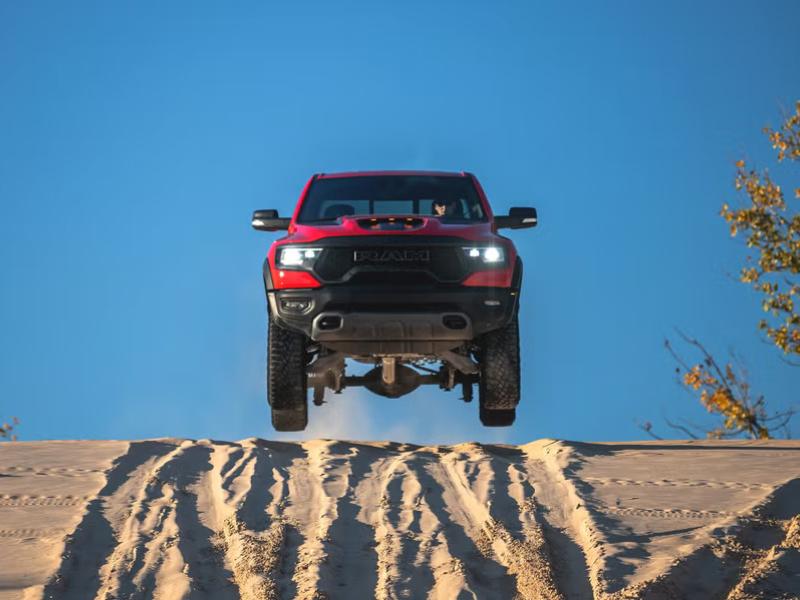Seat belts: optional or essential, asks experienced 4WDer, ex-champion competitor, and trainer, Mark Warren, of Hillseekers 4WD NZ.
The use of seat belts in off-road vehicles has been the subject of much discussion and debate. Some people are firmly of the opinion that in some situations, such as steep country narrow tracks, or in deep rivers, they shouldn’t be worn.
While I respect that they are entitled to their opinions, I would offer some of my own experiences to consider. It is part of my 4WD driver training course to state: “I have rolled vehicles with seat belts off, and rolled with seat bets on, and I much prefer rolling with seat belts on!”
As has often been said: “Experience is that thing you get the split second after you needed it”.
Last year there was a fatal accident on a 4WD trek where a single cab vehicle rolled four times down a hill, due to driver error. Neither occupant was wearing a seat belt. The passenger got thrown out of the window on about roll three, and was fatally injured as the vehicle rolled over them on roll four. The driver stayed in the vehicle, probably helped by hav-ing the steering wheel to hold onto.
After four rolls the cab of the vehicle was still structurally sound, although the windows were broken. It would seem be fair and logical to assume that if the passenger was wearing a seat belt and wasn’t thrown out of the vehicle, the out-come would have been significantly different.
The argument that a seat belt shouldn’t be worn on a steep track in case you have to exit the vehicle quickly holds no merit, in my view.
Any normal person should be able to unclick and release the belt within 0.3 of a second.
With a belt on, most modern 4WD vehicles (without extra roll bars fitted – and I don’t mean the “sports bars” fitted as fashion accessories to utes that are secured with half a dozen PK screws), will safely survive at least four off-road rolls before there is major structural damage.
Much easier to release it quickly, than to try to put it on. Particularly as the modern retractable seat belts lock, and will not allow being put on when the vehicle exceeds about 12 degrees side slope angle (see accompanying picture).That’s less steep than most passengers feel worried at.
In other words, when you think you may need to belt up, it is too late, and you probably won’t be able to get the belt on anyway.(Note to vehicle designers: I have previously suggested a lock release button for retractable belts so they can be put on when the vehicle exceeds the perceived danger angle, but so far that suggestion has fallen on deaf ears).
My solution in real life 4WD off-road use is to put a safety pin though the belt at the top pulley to stop it retracting when you have to exit the vehicle and re-enter on steep ground. No 8 wire will also work. Logical really.
In deep rivers my view is also to keep the belt on, as even if the vehicle is washed away and rolled, underwater, (as I have witnessed), it is much easier for a vehicle occupant to find the window or door to exit if upside down than if they are tossed around in the vehicle and their head is in the footwell ,which I have seen in one case. Also easier for a diver to cut them out and help them out of the vehicle if they know where to feel.
All-in-all, in a vast majority of cases having a belt on when things turn to custard ,is much better than trying to hold yourself in the seat when gravity is doing its unleveled best to displace you.
But then I may have it all wrong, In more than 40 years of off-road driving I can still count the number of times I have rolled on both hands, and with only needing to remove one sock afterwards! The majority of them have been with a belt on.
Which is why I wrote this article!







